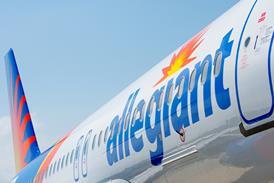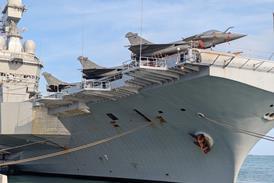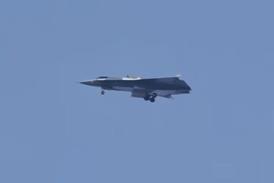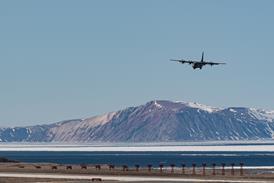More pilots over the North Atlantic should fly tracks offset by one or two nautical miles to the right of designated routes, according to UK air navigation service provider NATS. (pic Eric Hayman)
Flying offset is a procedure designed to reduce the chance of collision in the event of a sudden vertical divergence from the cleared flight level, or resulting from a gross navigational error.
NATS, which provides air traffic management in the Shanwick oceanic flight information region, reveals that, although the "strategic lateral offset procedure" (SLOP) was approved in 2004, last year only 10% of pilots used it in the Shanwick area.
North Atlantic tracks are effectively one-way airways, the precise routeing of which are determined twice daily for eastbound and westbound aircraft according to the position of the high-level jetstream winds to minimise journey time.
Aircraft, which cannot be seen by radar in mid-Atlantic, are controlled procedurally, and flight levels are separated by 1,000ft (300m) vertically under the reduced vertical separation minimum criteria.
If unexpected turbulence – common near jetstreams – or wake vortices trip the autopilot out, an aircraft can make a rapid vertical excursion from its cleared level and endanger aircraft above or below it.
This has happened several times causing near-collisions, says the International Civil Aviation Organisation, and it was this risk that SLOP was designed to reduce.
Modern navigation systems are so accurate that airlines flying the track centreline are likely to be directly above or below each others’ tracks.
Pilots, at their own discretion and without asking for clearance, have the option of maintaining the track centreline, or offsetting by either one or two nautical miles (1.85/3.70km) to the right of it.
According to ICAO, pilots can base their SLOP decisions on information established about the relative positions of other nearby aircraft on visual sightings, airborne collision avoidance display information, or from radio communication.
NATS says the proportion of pilots using SLOP on North Atlantic tracks has recently risen to about 18%, which means that 82% still continue to hug the track centreline, says the agency.
Optimally, NATS calculates, about 60% of pilots would use SLOPs on North Atlantic tracks, and it says it is encouraging more pilots to do so.
Related articles
- Offset flying climbs air safety agenda
- Caution urged in Brazilian airspace
- A380 trials show heavy wake vortex
Source: FlightGlobal.com























